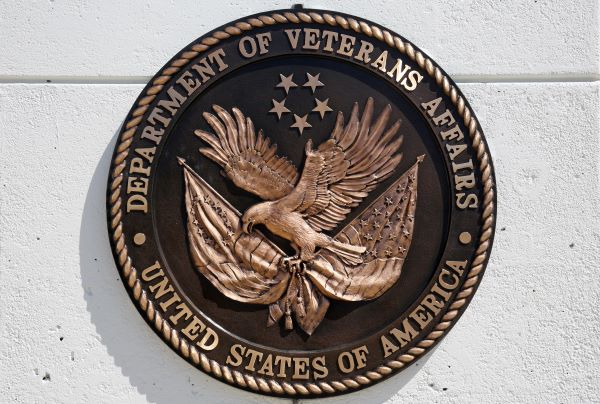Supporting your loved one in a nursing home is crucial to their well-being. Residents in…

VA Mission Act Falls Short in Providing Benefits
The VA Maintaining Systems and Strengthening Integrated Outside Networks Act, or VA Mission Act was primarily designed to provide options and aid to expand private health care options through the VA. The Act also will eliminate, in stages, the previous limitation for caregivers of veterans who were wounded before 9/11 to receive government training and stipends.
Before the Act was passed by an overwhelming majority in both the House and the Senate, Representative Phil Roe, (R-TN) chairman of the House Veterans Affairs Committee, warned Congress to ensure that the VA has the resources to implement such an expansion. In a statement published by the American Legion, Roe said, “There has been miscommunication, confusion, and frustration from veterans, caregivers, and VA employees alike concerning practically every aspect of this program — from eligibility determinations to clinical appeals to revocations and more,” he continued, saying, “no veteran and no caregiver from any generation is well-served by having access in name only to a program that has the deficits this one does and is as ill-prepared as this one is to accept a sudden influx of new beneficiaries with complex, widely different caregiving needs from those veterans the program is currently serving.”
Roe’s foresight proved to be true as the VA and Congress have both struggled to provide direction and funding to move the program forward. The Senate estimates the cost of the Act will be around $55 billion over the next five years. However, Congress and the White House are locked in disputes over how to fund the program. As for the caregiver support portion of the Act, the cost is expected to be about $3 billion per year and increase from 21,000 veterans served to over 150,000 veterans and their families.
When the Act was signed, $5.2 billion in funding was provided to keep the current Veterans Choice program running through May 2019. Where funding will come from beyond that point continues to be unclear. Part of the reason for the funding crisis is that when Congress passed the VA Mission Act, it moved funding from mandatory appropriations to a discretionary program that must fit into overall domestic discretionary caps. However, the discretionary budget cap for 2019 and the projected caps for 2020 and 2021 do not include the increased costs necessary for implementing the Act, thus possibly leaving Congress with the inability to fund the program.
Eligibility for caregivers to receive training and financial assistance continues to plague veterans and their families. Congress still struggles to define exactly which veterans and caregivers are able to receive assistance. Currently, only post-9/11 veterans and those who suffered “severe, service-connected wounds or injuries” before May 1975 are eligible for benefits.
We will continue to post updates as Congress and the White House work out ways to pay for the VA Mission Act to take care of our veterans who have already done so much to take care of the citizens of this country. We hope you found this article helpful. Please contact our Albany office today at (518) 452-6979 and schedule a free consultation to discuss your legal matters.



